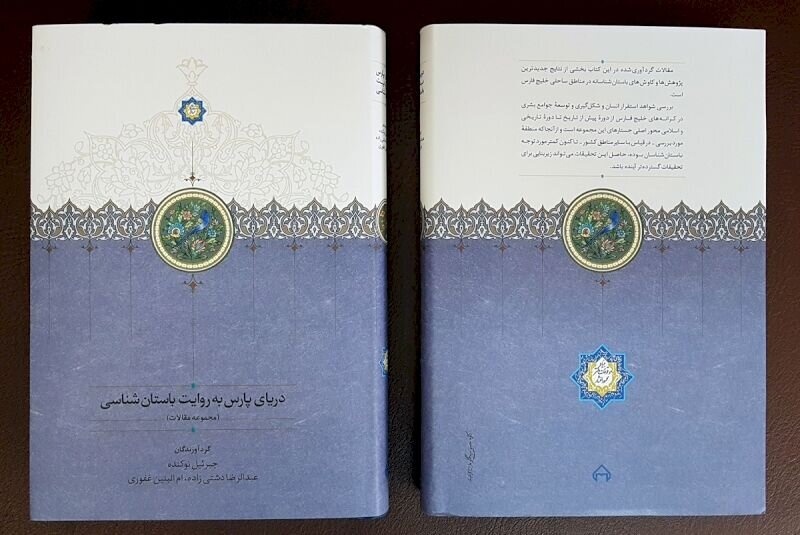‘The Persian Gulf, an Archaeological Perspective’ comes to bookstores

TEHRAN – “The Persian Gulf, an Archaeological Perspective”, which turns the spotlight on various societies and cultures that emerged neighboring the body of water throughout prehistoric, ancient, and Islamic eras, have been published.
Iran National Museum Publications in close collaborations with [Dr. Mahmoud] Afshar Foundation published the book that includes 15 chapters in Persian and two chapters in English, a curator of the museum told the Tehran Times on Sunday.
“A glance at archaeological investigations in Iran, shows that although shorelines and islands of Persian Gulf have always played a significant role in shaping societies and cultures throughout prehistoric, historical, and Islamic eras, not enough attention has been paid to carry out archaeological studies on these areas,” said Jebrael Nokandeh, the director-general of the National Museum.
“Since late prehistoric period until today, the Persian Gulf and its islands have been a center for commercial, cultural, political and military trades.”
He added, “Many Iranian dynasties, including Elam, Achaemenid, Sassanian and those of Islamic era, have always taken the importance of Persian Gulf into account, and signs of their dominance over this sea can be seen not only in the northern shorelines but also in the south of the Persian Gulf.”
In conclusion, he said that the publication of this volume is a continuation of earlier efforts to make the results of new archaeological research in the Persian Gulf available to the public.
Earlier, the National Museum of Iran published another edited volume entitled “Human and the Sea”, and the Research Institute of Cultural Heritage & Tourism (RICHT) published two new books: “Persian Gulf Cultural Heritage” and “Persian Gulf Archaeological Research: The Ancient Port of Siraf”.
According to Umm Al-Banin Ghafouri, in charge of the publications of the museum, the articles published in this edited volume are undoubtedly a reflection of the efforts of researchers in clarifying the archaeological past of the Persian Gulf, which can help the archaeology community in planning and to continue archaeological studies in this important region.
“The Persian Gulf, an Archaeological Perspective” is edited by J. Nokandeh, A. Dashtizadeh, and A. Ghafouri.
AFM
